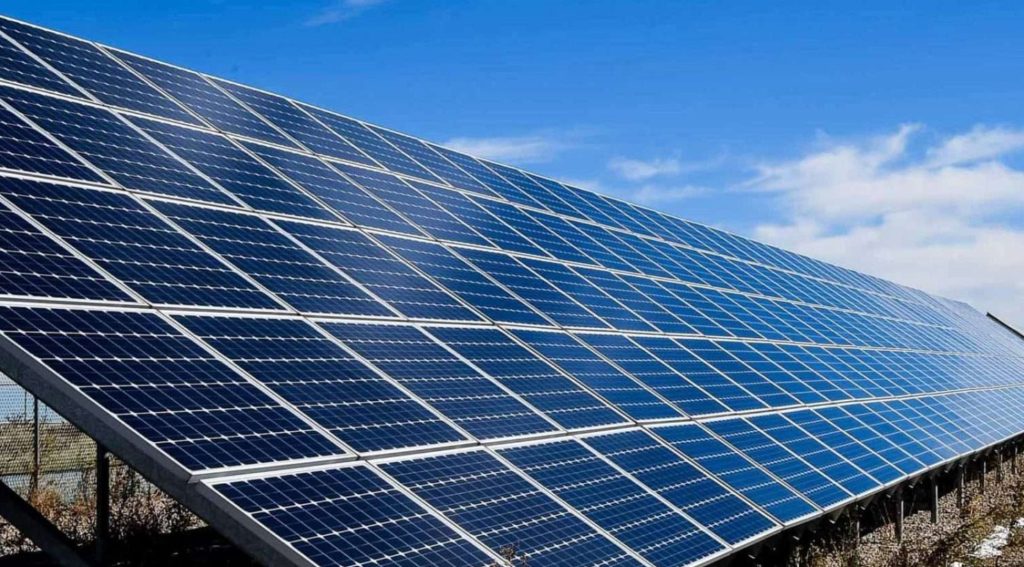The U.S. community solar market has experienced a sharp contraction, driven by policy uncertainty and program overhauls, according to a new report from Wood Mackenzie and the Coalition for Community Solar Access (CCSA). The sector’s decline was immediate and steep in the first half of 2025 (H1 2025), with installations falling 36 percent year-on-year, adding only 437 megawatts (MWdc) of new capacity.
This significant downturn follows a record-breaking year in 2024 and is projected to worsen, with national community solar, and Lead Author of the report, Wood Mackenzie. She added that the new long-term projection anticipates that installed community solar capacity will contract by an average of 12 percent annually through 2030.
Solar demand and state-level strengths:
Despite federal headwinds, solar demand at the customer level remains strong, and state policies are attempting to mitigate the impact.
Jeff Cramer, President & CEO, CCSA, noted the public’s eagerness for the technology. “Customer demand for community solar has never been stronger, and we’re seeing states step up with historic expansions like New Jersey’s 3,000 megawatts and Massachusetts’ 900 megawatts,” Cramer stated. He cautioned, however, that the report “makes clear the challenges ahead—from federal uncertainty to interconnection delays and program caps—that must be addressed to realize the full potential of community solar.”
Data:
| Metric | Data Point | Context |
| H1 2025 Installations | 437 MWdc | 36% decline year-on-year. |
| 5-Year Forecast Cut | 8 percent | Reduction due to OBBBA compared to Q2 2025 forecast. |
| 2025 Capacity Contraction | 29 percent | Expected national market contraction this year. |
| LMI Share of Capacity | 9 percent | Capacity serving low-to-moderate income subscribers. |
| LMI Acquisition Cost | $102/kW | Compared to $72/kW for non-LMI residential customers. |
The report did find a silver lining in alternative distributed energy pathways, with Connelly observing that “Non-residential distributed solar, which typically encompasses projects sized between 2-20 MWdc, is extremely well-positioned for growth.”











